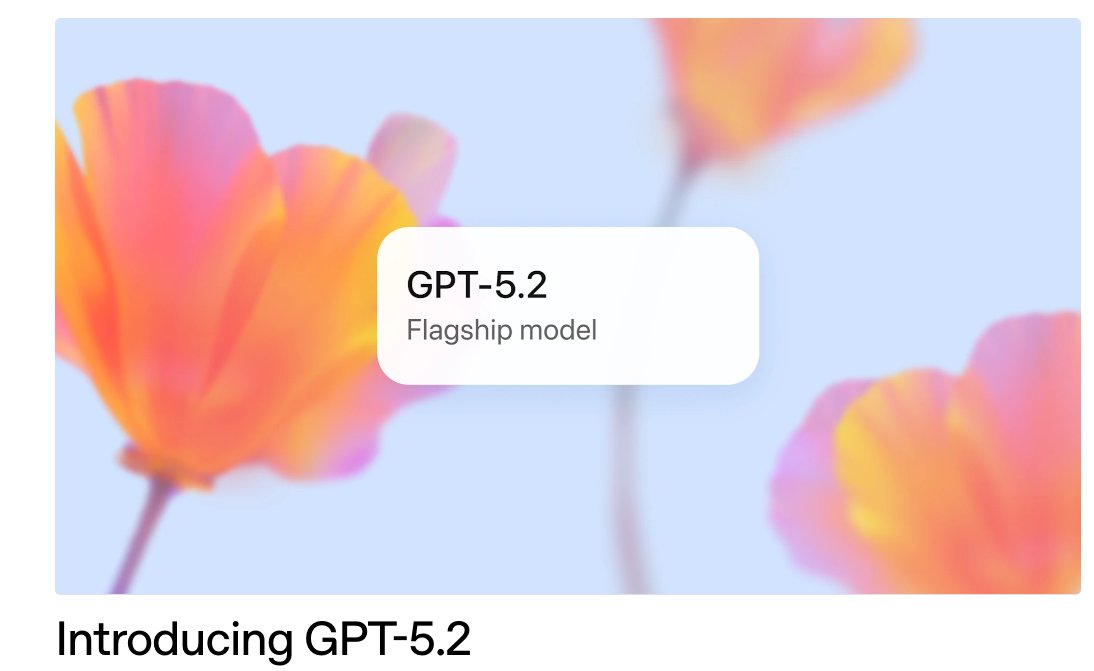Content
group by in duckdb Examples & 2025 Guide | AI2sql
group by in duckdb Examples & 2025 Guide
If you're working with DuckDB—the high-speed analytics database built for ease and performance—mastering GROUP BY is essential for data aggregation, reporting, and analysis. But even seasoned developers and analysts can struggle with complex syntax, nested aggregates, or multi-level grouping, especially as queries grow. That's where AI2sql platform steps in, letting you convert natural language requests into production-ready SQL for DuckDB—no coding or database expertise required.
This guide gives you proven group by in duckdb examples, explains how and why it works, and shares practical techniques. Whether you're new to SQL, automating BI workflows, or tired of stackoverflow copy-paste, AI2sql removes the complexity from GROUP BY in DuckDB, saving hours (and headaches).
1. What is group by in duckdb?
The GROUP BY statement in DuckDB enables you to aggregate data based on shared column values—for example, getting sales by category, user activity by month, or average scores per test. It is similar to GROUP BY in other SQL dialects, with optimizations for DuckDB’s columnar engine and syntax support.
Purpose: Summarize large data sets by categories, users, or time periods
Common aggregates: COUNT, SUM, AVG, MIN, MAX
Syntax: Compatible with PostgreSQL, SQLite, and modern SQL
2. How group by in duckdb Works
You use GROUP BY to tell DuckDB: “combine all rows that share a value in these columns, then compute aggregate results for each group.”
Basic syntax:
How DuckDB differs: Supports arbitrary grouping, window functions, and is highly performant for large datasets—without extra configuration.
3. Key Features & Benefits
Analytical Speed: DuckDB processes group by queries rapidly, even on millions of rows.
Syntax Parity: Uses familiar SQL—works like GROUP BY in PostgreSQL or SQLite.
Multi-Key Grouping: Group by multiple columns for granular insights.
Advanced Functions: Use HAVING, window functions, subqueries, and more.
Scenario | Query Complexity | DuckDB Performance | Time Saved with AI2sql |
|---|---|---|---|
Basic count/group | Low | <1s | Up to 80% |
Multi-column group | Medium | <2s | 90%+ |
Nested group + HAVING | High | <3s | 95%+ |
4. Real-World Examples
Here are several practical group by in duckdb examples you’ll use all the time:
Example 1: Counting Orders by Customer
Example 2: Sales by Product Category With Filter
Example 3: Average Score per Student, Filtering on Score
For more, visit our group by in duckdb Examples or dive deeper with our group by in duckdb Tutorial.
Generate SQL for group by in duckdb instantly with AI2sql — no technical expertise required.
5. AI2sql Alternative – Generate SQL Without Tools
Why get stuck on GROUP BY syntax or spend time debugging errors? AI2sql lets you describe what you want (“Show me the top 5 products by sales in 2025 grouped by region”) and get production-ready DuckDB SQL instantly. No coding, config, or guesswork—just results.
Instant Results: Natural language to SQL in seconds
No Coding Required: Copy, paste, or refine as needed
Enterprise-Ready: Trusted by 50,000+ developers at companies like Stripe & Shopify
Try AI2sql group by in duckdb Generator — Free, no sign-up required
Conclusion
Learning group by in duckdb is foundational for anyone working with analytics or reporting in DuckDB. But with complex aggregations, filters, and real-world data, writing flawless SQL is challenging and time-consuming. AI2sql platform makes it easy — just state your goal in plain English and get battle-tested SQL, ready to run. Want to skip syntax errors and tedious debugging?
Share this
More Articles

TOOLS
GPT 5.2 Has Arrived
Dec 12, 2025

TOOLS
Gemini 3 Pro: Google's 'Most Intelligent' AI Shatters Benchmarks.
Nov 19, 2025

TOOLS
Herramientas de Análisis de Datos: Guía Esencial
Nov 7, 2025

TOOLS
IA para Análisis de Datos: Potencia Empresarial
Nov 7, 2025

TOOLS
Top 5 User-Friendly Self-Service Data Platforms
Nov 6, 2025
